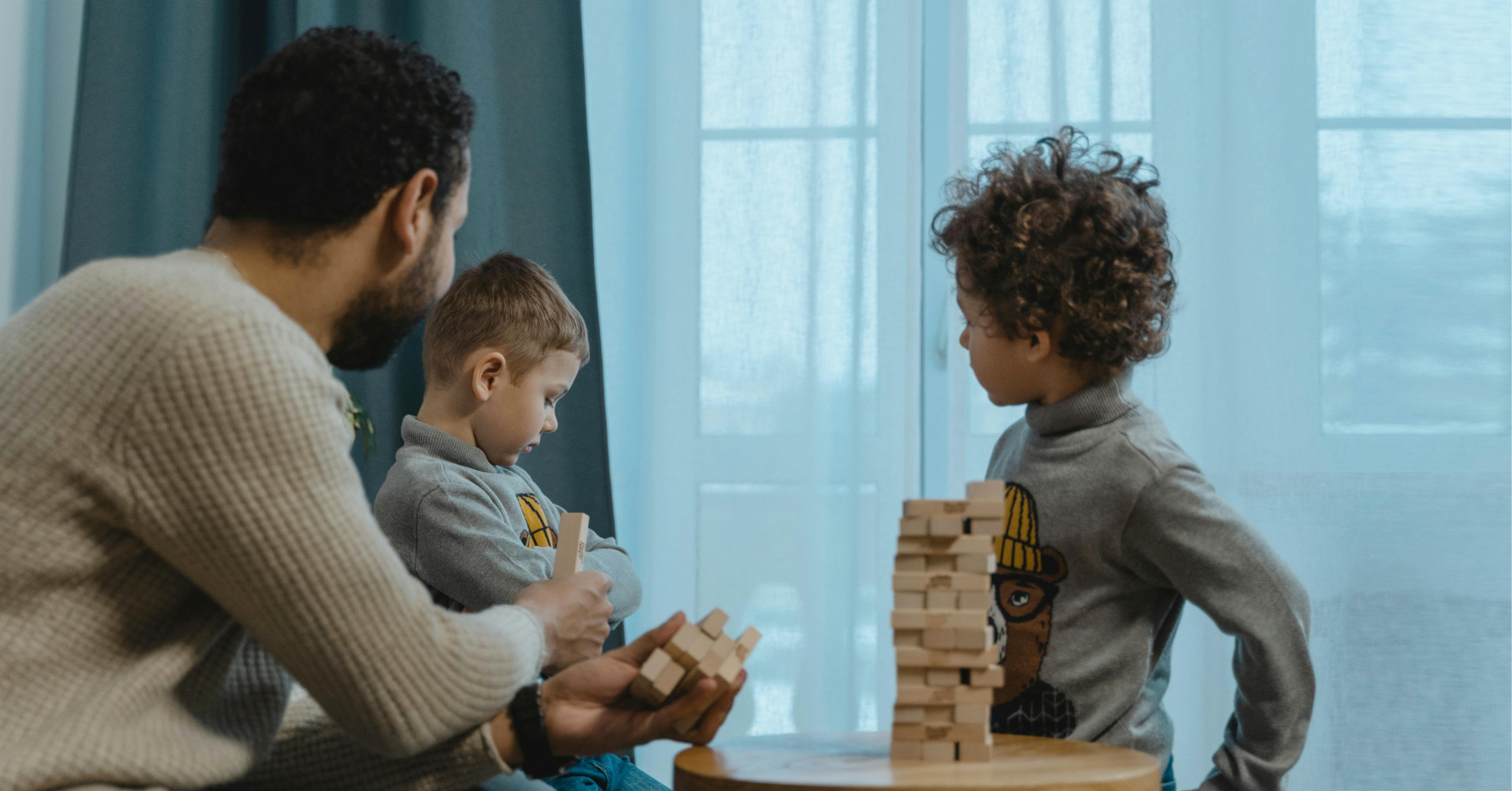“I… can’t… fathom the demand for practical advice, examples, and the constant assertion, huffy indignation, that every child is different. If every child is different, then how do practical examples help?”
– Inho L.
From the archives: Reposted on 8th September 1995
So you’ve been wondering if I have a real toddler or if the toddler I have is a midget. You’ve been shaking your head, “You gotta be kidding. That would never work with my kid.” Well, of course, not all of you think so, but I’ve read enough messages in misc.kids which express this sentiment, often in those exact words, to know that giving “practical” advice is not terribly useful. It is useful only if you agree with the person giving the advice. If not, then the advice is discounted.
There are many problems with “practical” advice, and even more with anecdotal stories. I just can’t seem to fathom the demand for practical advice, examples, and the constant assertion, huffy indignation, that every child is different. If every child is different, then how do practical examples help? So what we want is something we can understand and apply to our daily lives. When we are given something with which we disagree, that something becomes impractical because we don’t or can’t or aren’t willing to or can’t understand how to apply it to our daily lives. Something very practical to some is obviously utterly impractical to others. So the only way to be practical is to move away from the specific to the general and universal. Thankfully, there are many things that are universal about being human, so it is possible to be general and practical. The key is to see beyond the specifics of the living of life to the whys of the ways of our life. All solutions to specific problems follow from understanding of the problems themselves.
Let me be practical and illustrate how practical advice isn’t of any help without a whole and integral understanding of life:
One is told that a toddler can be given a doll or something with which he can express his feelings toward his new sibling. The toddler is expected to show some aggression toward the doll. Now there are two schools of thought regarding the efficacy of this “technique.” One says that it is good for the toddler to “release” his aggression on the doll so that he doesn’t need to hurt his sibling. The other says that this aggressive behavior will only escalate and lead to aggression toward his sibling. Well, are you torn between these two conflicting theories? No need to be. These are only theories based on incomplete understanding of the whole situation.
The aggression shown by the toddler, in the course of life of most of us, seems inevitable—it is not, however, “necessary” or “natural.”. It is not, furthermore, “released” by whacking dolls. Neither does it escalate by whacking dolls. The feelings that lead to resentment toward the sibling can only be dissipated by the parents’ understanding of them. Whacking dolls may or may not go on for a while, but that is only a manifestation of inner conflict in the toddler; it is not a solution or a cause of any problem. The toddler will stop the behavior only when he feels his feelings are understood by his parents. This takes time, and it doesn’t happen overnight. It requires many repeated resolving of situations of conflict between the toddler and the infant.
If you are looking for quick solutions, the very desire for the quick fix sets up a mind-set not conducive to resolving conflicts with understanding. Seriously. So let ’em whack dolls and say “horrible things” about their siblings. When they do, take notice and give them more attention—unless, of course, you believe in behavioral psychology to the letter. Forget about the stupid theories.
One more example: Some say pick ’em up when they fall. Some say don’t pick ’em up when they fall. Or wait until you are sure they really hurt themselves. Well, if you approach each fall without resorting to “advice” then you will end up doing all of these, at different times. How a child reacts to a fall is not only determined by the severity of the fall. If you’ve been practicing behavioral psychology, you will indeed most likely observe behaviors that confirm the stupid theories. If you’ve forgotten about the theories and tended to the child’s needs as they arose, then those theories will have little applicability in life. A child may fall and cry even if not hurt. This child may not be getting enough attention otherwise in her life. She may just be more prone to crying by temperament. In either case, the thing to do is to comfort her when she is in distress.
If you’ve been doing this as a general rule—and this requires again a mind uncluttered by theories or “shoulds” or “oughts”—and not just when she falls, then she will react as she must to a fall without any need to act up. You then observe her. She may just whimper a bit, get up, and carry on. She may really cry, in which case you comfort her; she will most likely recover within minutes, if not in second. If she is hurt badly, she will require a long cuddle during which she will cry. Take each situation at face value, but examine also all of the rest of life. A solution will emerge. Forget about the stupid theories.
************
PS: “Theories” here refer to the incoherent academic and traditional “wisdom” based on entrenched 🙂 , false, and partial perceptions, or rather mis-perceptions, of life.
See also:
- What if… ?
- How they feel about the coercion at the time
- “Our 15-year-old wants to hitchhike to Outer Mongolia by herself. We think she is not yet ‘street-wise’ enough. What should we do?”
Inho L., 1995, ‘“You gotta be kidding. That would never work with my kid.”’, https://takingchildrenseriously.com/you-gotta-be-kidding-that-would-never-work-with-my-kid/
